Tawny owls are interesting creatures, to say the least. In the past, many people considered the hooting and screeching of tawny owls as a bad omen. In fact, they looked at it as the omen of death.
This owl didn’t always go by the name tawny owl. It was actually known as the screech owl or Hill hooter in the past. Obviously, we have Eastern and Western screech owls today, so the name has been reclaimed.
Are you looking for plain facts about tawny owls? I’ve recently learned about these majestic creatures. I’ll share my knowledge and the full breadth of information with you today. You’ll learn about the following topics:
- The defining characteristics of the tawny owl
- Main differences between female and male tawny owls
- Fun facts about tawny owls
- habits and preferences including dietary, feeding, behavioral, nesting, and migratory
- Other interesting tawny owl facts
Find out more about tawny owls by continuing below.
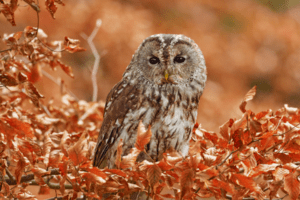
Tawny Owl Bird Facts
- Common Name: Tawny Owl
- Scientific Name: Strix aluco
- Scientific Family: Strigidae
- Life Span: 4-6 years
- Size: 15.0 to 18.0 inches
- Wingspan: 32.0 to 41.0 inches
- Weight: 13.58 to 28.22 ounces
- Conservation status: Least Concern
How To Identify A Tawny Owl
It’s relatively easy to identify a Tawny owl. For the most part, the owl itself will have a paler underside and mottled reddish-brown plumage.
They also have round big heads, dark large eyes, a dark ring around their face, and rounded wings as well.
Differences Between Male & Female
Although male and female tawny owls often look alike, the females are actually the larger version of the species. In fact, female tawny owls are anywhere from 20%-40% bigger than their male counterparts. And they typically have a 5%-10% larger wingspan than the males.
The most likely way to distinguish females from males is by their call types. The male has a recognizably deeper voice than the female. And the female tends to have a voice with a much higher pitch than the male.
Differences In Summer Plumage vs Winter Plumage
At the time of this writing, climate change is having an impact across the world. This is particularly true in southern Finland where there is a large population of tawny owls. In this warmer climate, scientists have discovered that the areas with less snow tend to contain tawny owls with darker plumage.
In warmer areas, the tawny owls tend to have dark brown plumage. And this has increased dramatically over the past 30 years or more. At one time, the area was dominated by owls that were pale gray. This is no longer the case as climate change continues to rear its ugly head across the world.
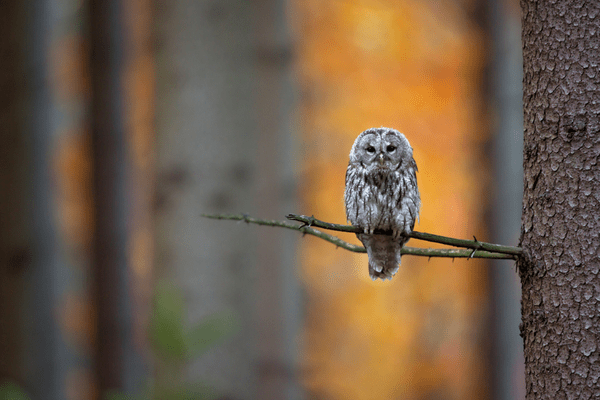
Where You’ll See Tawny Owls
Birdwatchers in the United States are often unhappy when they find out that tawny owls aren’t well known or widespread in North America. The closest relative to the tawny owl living in the United States is the short-eared owl, which is available in abundance.
Tawny Owl Migration Patterns
The tawny owl is an owl that is typically about the size of a wood pigeon. This is a highly territorial creature that doesn’t spend a great deal of time migrating. For the most part, the tawny owls live their life in the wooded areas scattered throughout Europe. You can also find them in Asia as well.
Diet and Feeding Preferences
The skillful hunters have no trouble catching a wide variety of prey throughout the forests. Typically speaking, they tend to limit the size of their prey to smaller animals. However, they will often hunt kittiwakes and mallards, which are much larger birds.
Their usual prey includes frogs, birds, small mammals, snails, earthworms, larger insects, fish, and reptiles. More often than not, the easiest prey for tawny owls to eat is rodents.
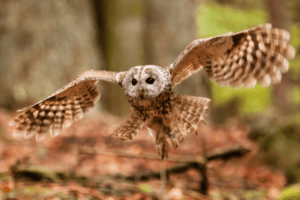
Tawny Owl Nesting Facts
- Clutch Size: 2-3 eggs
- # of Broods: 1 brood
- Incubation Period: 28-30 days
- Nestling period: 26-33 days
- Egg Description: Dull White
The interesting thing about tawny owls is they like to nest inside of holes, which is why they are considered whole nesters. Typically, you’ll find them inside tree holes. They will also use nesting boxes on occasion, but they have to be specifically designed with a vertical chamber. Otherwise, they will not use this structure for nesting purposes.
Tawny Owl Behavior
The tawny owl is a very vocal owl and it’s quite agile as well. You can hear tawny owls hooting and making screeching noises at night. They are also quite vocal during the early spring, autumn, and winter.
Why do they make various calls? They do so in an effort to:
- Attract a new mate
- Mark their territory
- Communicate with owls
The tawny owl is also very aggressive when it comes time to defend its territory and nest. It does not want intruders potentially injuring its mate, fledglings, or home surroundings. They aren’t afraid to attack if you encroach on their territory, and this is especially true if you go anywhere near their nest.
They are very aggressive with other owls, other species, and human beings as well. The particularly aggressive one is the female tawny owl.
There have been reports throughout Europe that these owls get so aggressive that they use their harsh talons to scratch at the eyes of human beings. Please be careful of these beautiful birds. They aren’t afraid of you and they will attack you if you get too close.
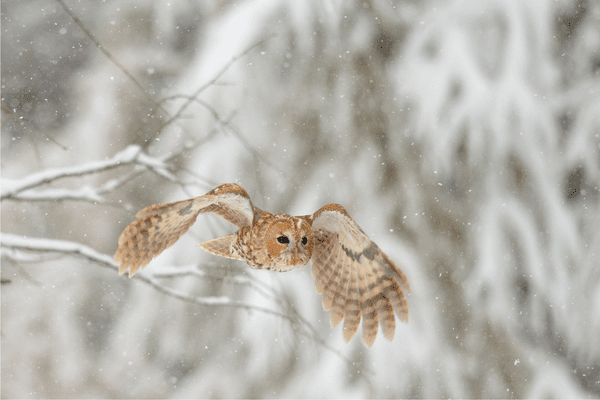
Tips for Birdwatchers On How To Attract Tawny Owls
the most important thing of all when it comes to attracting tawny owls to your garden is you have to build the right nesting boxes and have them in place. Otherwise, you’re never going to attract this particular species of the owl because they have a particular nesting box that suits them.
What type of nesting box is it? It’s a vertical nesting box. And when you install a nesting box, make sure to keep it close to the natural hunting ground of this owl. Make sure they have easy access to rough grass that’s a bit overgrown. This way they’ll be able to catch prey easier because small rabbits, rodents, and other mammals will be available for them.
Another tip is to place the nesting box away from the sun and wind. This is especially true if prevailing winds tend to blow in the direction of the nesting box entrance. Turn it around and face it in a different direction and remember to keep it out of the sun.
Lastly, it’s important to have a nesting box that is 30×35 cm. This is the right size for these owls while they are nesting. For some reason, they actually prefer the smaller nesting boxes.
Conservation Status
The conservation status of the this creature is called Least Concern. This is a great thing because it tells us those tawny owls are still an abundant species with many birds still in existence. Conservationists aren’t worried about the species becoming extinct anytime soon.
Fun & Interesting Facts
- This owl is a nocturnal creature. It rarely lets itself be seen during the day. The only time it stirs during the day is if its territory is being disturbed.
- This bird is also the most familiar owl. It’s the most widespread owl throughout the world. Although the majority of these owls make their homes throughout wooded areas around Europe and also some parts of Asia.
- Television shows, movies, and radio programs use roots in these creatures quite often. They use their hooting at night in an effort to capture night’s essence.
- These owls prefer not to fly over the water. Because of this, you cannot find them on too many islands. They are particularly absent on Shetland, Isles of Man and Wight, Orkney, and Outer Hebrides throughout the UK.
- This owl has very short wings. This makes it particularly adapted to woodland hunting. Their short wings give them the ability to have excellent maneuverability. This makes it easy for these owls to catch prey in woodland areas.
- After breeding season, adult tawny owls will drive their young ones out of the territory. Because of this practice, roughly 2/3 of the young tawny owls die within their first year of life.
- It’s estimated that the British population of this species is roughly 20,000 pairs or 40,000 individual owls.
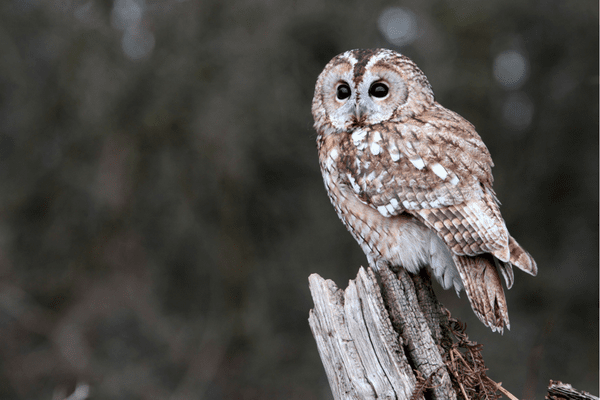
Explore More Species in This Family
- Short-Eared Owl
- Burrowing Owl
- Western Screech-Owl
- Snowy Owl
- Barred Owl
- Northern Pygmy-Owl
- Great Grey Owl
- Northern Hawk Owl
- Elf Owl
- Spotted Owl
- Northern Saw-Whet Owl
- Eastern Screech-Owl
- Boreal Owl
- Long-Eared Owl
- Flammulated Owl
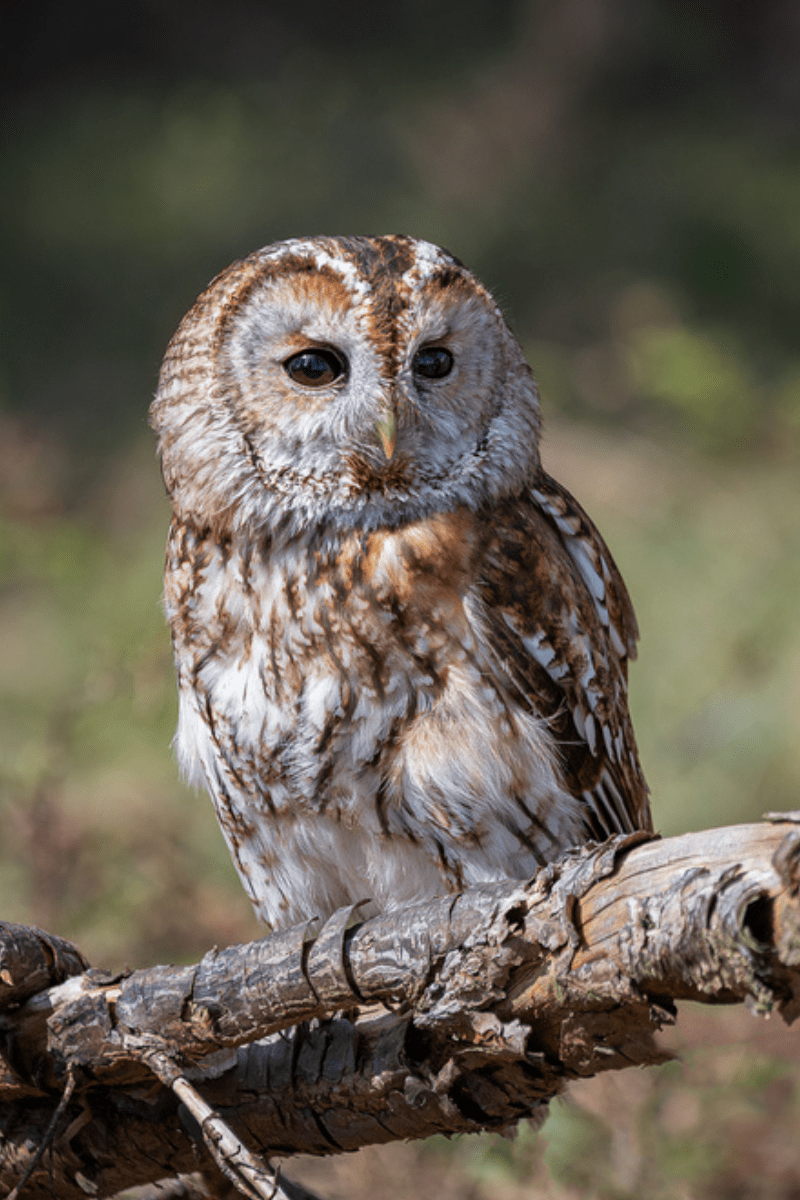
from BirdInformer.com https://ift.tt/eqZf6vN

No comments:
Post a Comment